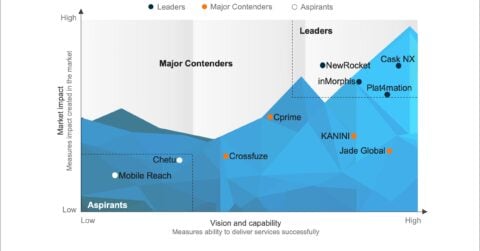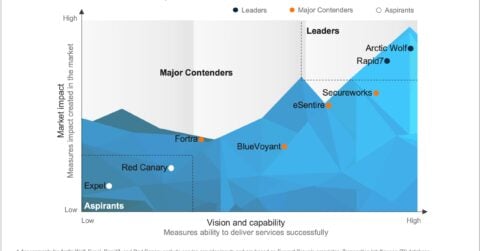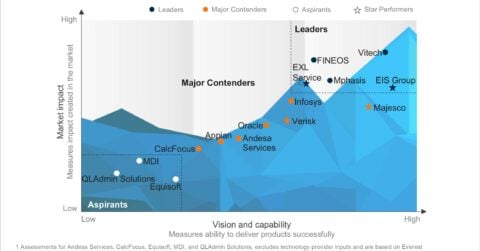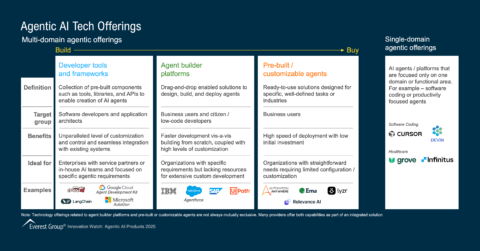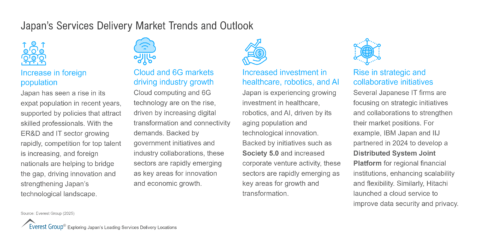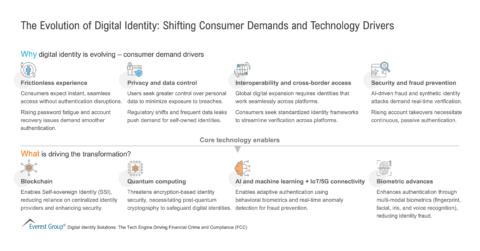Reimagine growth at Elevate – Dallas 2025. See the Agenda.
Filter
Displaying 1-10 of 410
The Mid-2025 Deal Commercials Roundup: Cost, Pricing, and the Future Impact of AI | Webinar
On-Demand Webinar
1 hour
Actionable Strategies for Providers to Drive Growth: A First Look at Elevate – Dallas 2025 | Webinar
On-Demand Webinar
1 hour
Unpacking Uncertainty to Uncover Value – Dynamics Shaping Growth of Global Outsourcing | Webinar
On-Demand Webinar
1 hour
